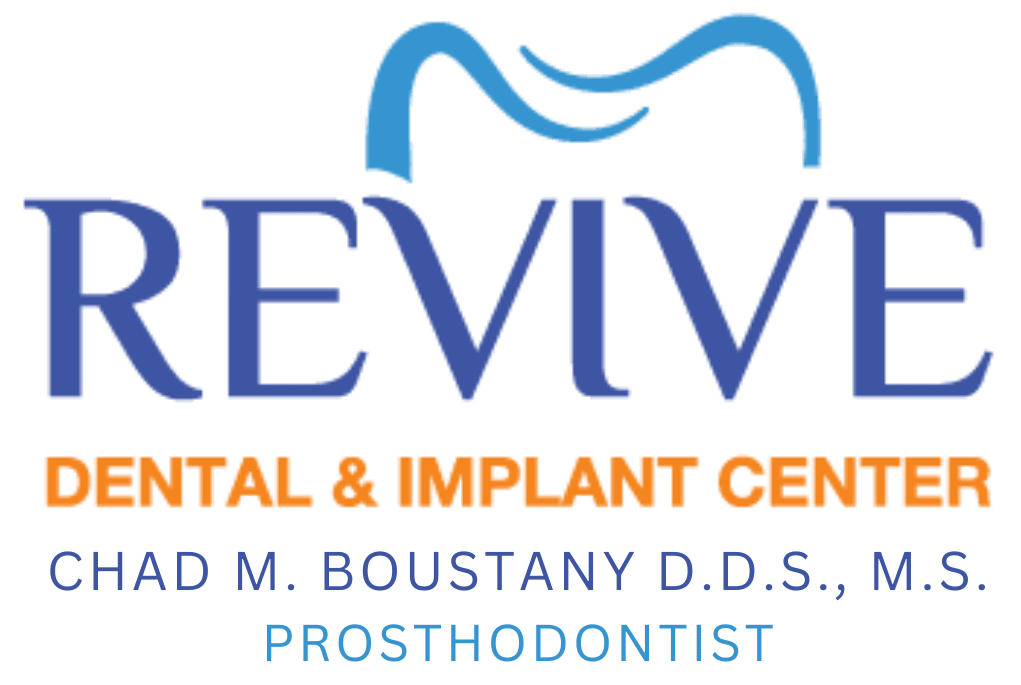Tooth loss and other factors can affect the structure of your smile and make it difficult to place a dental implant successfully. If your jaw is not the proper height or your sinuses are too close to your teeth, these problems can affect your smile. This can also mean that if you get gaps in your mouth later in life, we will not be able to give you dental implants that would help provide a platform for replacement teeth.
If your jaw or sinus placement has become a problem, Dr. Boustany will recommend a treatment plan that includes a sinus lift.
Sinus Lift: What Are the Benefits?
When your sinus is in an improper location, the operation that corrects for it is called a sinus lift. The goal of a sinus lift is to add bone to your jaw around your molars and premolars. This refers to the spot between your jaw and sinuses on either side of your nose.
To access the area, we carefully move your sinus membrane up to create space for the bone we plan to add. Once the sinus lift is completed, we can discuss whether you want dental implants that you would not have been able to use before.
When Is A Sinus Lift Needed?
For those of our patients who have lost teeth a long time ago, the sinus lift procedure can be particularly helpful because of how it can restore bone to your jaw and set you up for dental implants afterward. When a tooth is lost, the body’s response is to reabsorb the underlying bone back into your body. If ignored for a long period, your jawbone will lack the solidity to support dental implants in the way that you would want. This situation can be worse for the upper jaw, as your upper jaw has less bone in general than your lower jaw.
How To Prepare For A Sinus Lift
The first step of sinus lift treatment is to take x-rays of your mouth so that we can get a sense of your oral health and whether a sinus lift is the right choice for you. To get the most accurate data on the height and width of your jawbone, we can use a computed tomography, or CT, scan. Once we have determined that you are a suitable candidate for the procedure, we will discuss with you where we want the new bone to come from. Bone from your own body is known as autogenous bone, whereas bone from a cow or someone else is known as a xenograft or allogeneic bone, respectively.
Sinus Lift Procedure: What To Expect
To access your sinus, we first need to cut a small hole in the gum tissue at the location where your tooth or teeth used to be. Using this small window, we can gently move the sinus back from your jaw and into a better position. After we have carefully moved your sinus, we will pack your chosen bone material into the spot where your sinus used to be. The bone stops the sinus from going back to its original and unwanted location.
As we finish the procedure, we seal the tissue with stitches and talk with you about a recovery plan so that you can keep the spot safe and free from infection. Our team will provide after-care instructions to support a healthy recovery. Dr. Boustany will also inform you of the expected timeline for next steps if this is part of a larger treatment plan.
